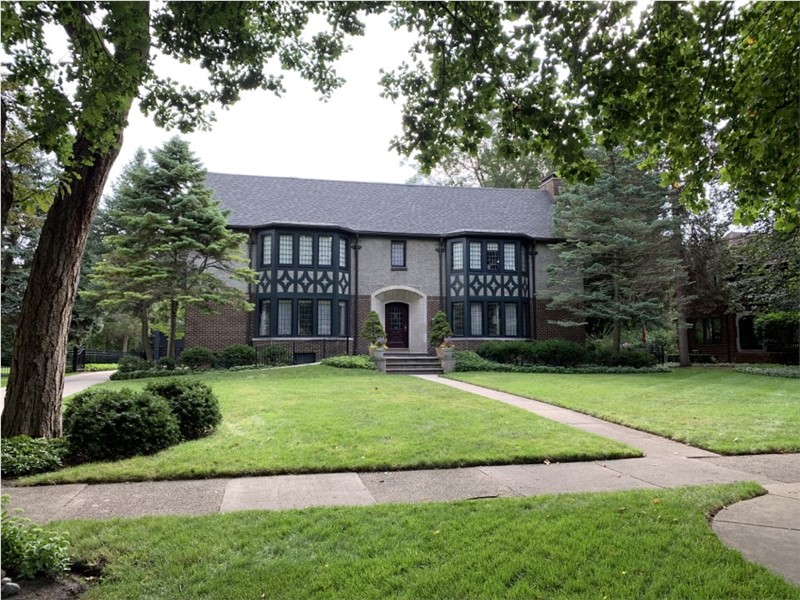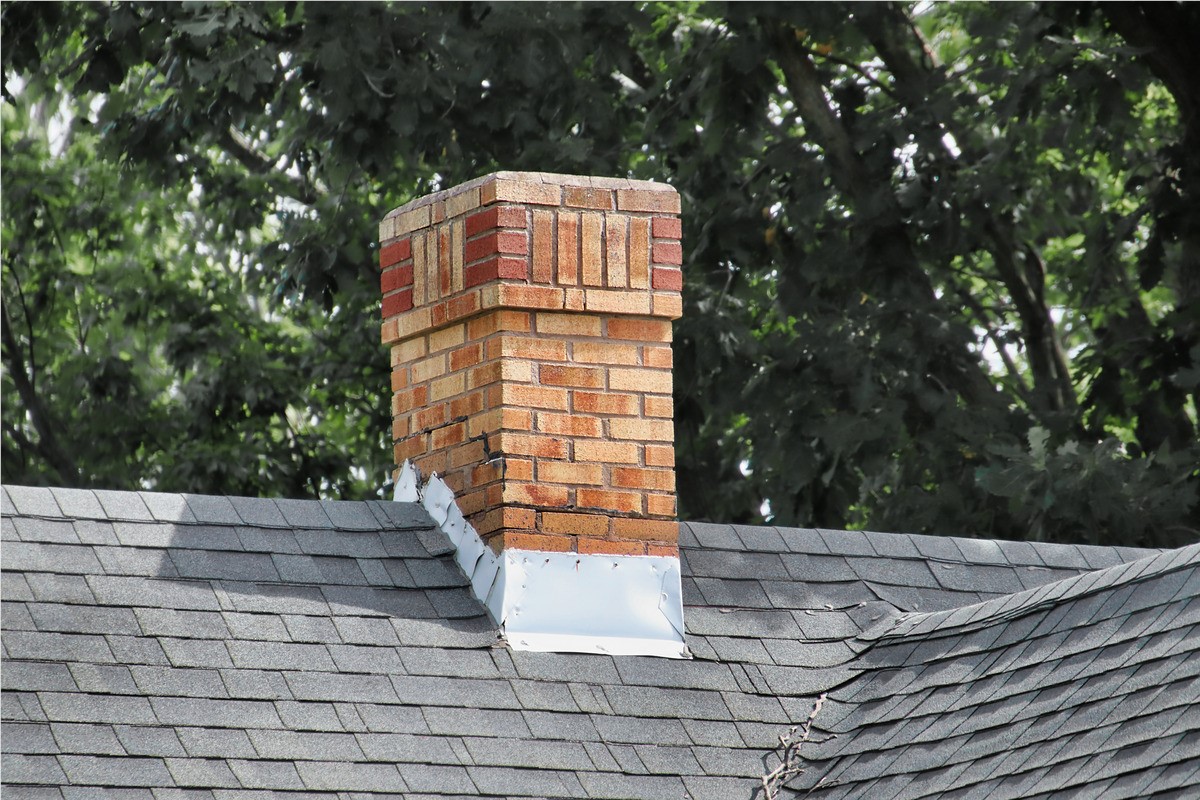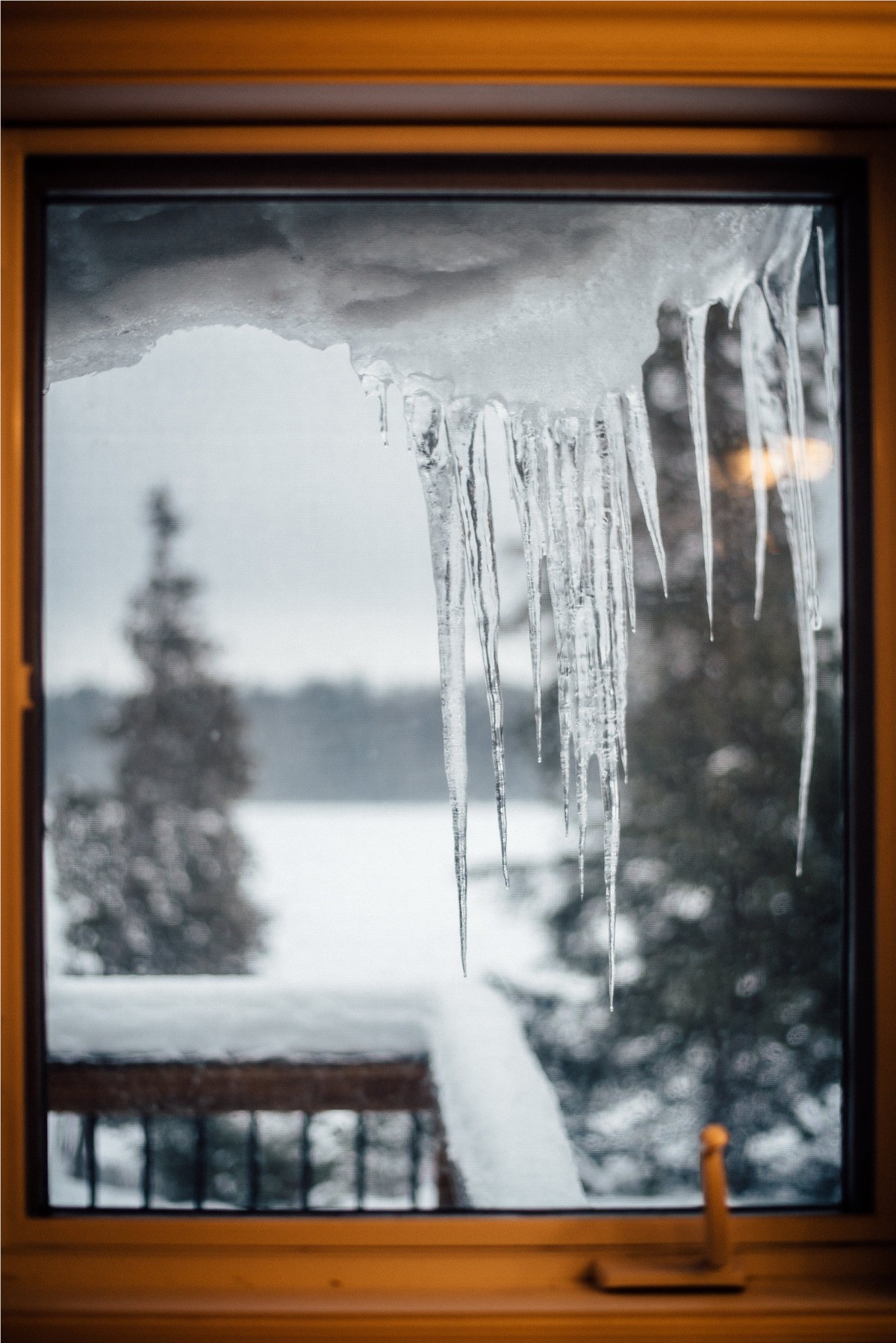
Your residential roof is not just shingles. It’s a complex network of components of pieces that serve specific functions with the end goal of keeping your home dry and safe. Shanco will discuss each and what duties it performs.
Your Residential Roof (what’s up top)
The parts of your residential roof and their installation make a difference in keeping your home dry and free from mold and rot. Each component has a role in ensuring that your roof is healthy. A cut corner can lead to problems down the line.
Roof Shingles are a Versatile and Efficient Roofing Material
Asphalt roof shingles have been around for a long time. They were created in 1903 by Henry Reynolds in Grand Rapids, MI. Since that time, there have been numerous advancements in shingle technology. There are reasons that shingles is the #1 material for residential roofing companies in America. It’s easy to work with, inexpensive, and easy to repair.
Shingles have a basemat, a layer of asphalt on the top and bottom, and finally, ground stone and minerals (also known as granules) coat the top layer. The granules serve several purposes for protecting your home while making it beautiful.
- The granules assist roofers by providing a grippy surface when walking on the roof. Additionally, the granules prevent the shingles from clinging together while inside the packaging.
- Granules provide extra durability for your shingles. Sun and weather wear down your shingles over time. The granules handle the rough weather to prevent the asphalt from wearing down sooner than later. The granules shield the asphalt by making it physically challenging for ultraviolet light and heat to penetrate.
- Shingle granules have a color palette making it easier than ever to make your new roof look stunning.
How Important is a Starter Strip for my Residential Roof?
Residential roofing has to start somewhere, and in this case, it’s with the starter strip. The starter strip is a purpose-built shingle that adheres to your roof and prevents rain from getting under your shingles. The adhesive also aids in preventing the starter from blowing off your roof during a period of high wind.
Not only does it keep water and wind out, but it also acts as the line for all other shingles. Starter shingles go on straight, and all the other shingles follow along.
Stop Leaks with a Leak Barrier/ Ice and Water Shield
A leak barrier, also known as an ice and water shield, is affixed to the most susceptible leak points on your roof. It is placed in the valley of your roof, around your chimney, and the rakes. It prevents your roof deck from getting wet. Additionally, it can help prevent ice dams from forming.
Roof Underlayment is a Hidden Asset for your Residential Roof
Roof underlayment goes on your decking and under your shingles. You will not see your underlayment after your new roof installation. The purpose of roof underlayment is to keep your roof deck dry.
Roof underlayment comes in several different materials;
- asphalt-saturated felt
- rubberized asphalt
- non-bitumen synthetic underlayment
Drip Edge is a Residential Roof Necessity and Helps Keep You Dry
A drip edge is a thin metal strip that directs water toward your gutters. It helps protect against water getting behind the fascia. Moisture behind your fascia can lead to mold or rot.
Drip edge is an unsung hero of your residential roof system. It is inexpensive, and it works!
Your Roof Decking Is Your Roof’s Foundation
Roof decking is the first layer of your roof. It is typically plywood and acts as the base where all additional layers are placed. It is the foundational component of your roof system, and it has to be in good condition. Any water damage or rot to your decking will require replacement.
Flashing Helps Move Water Away From Areas With High Potential for Leaks
There are points on your roof that need an extra bit of attention. Flashing helps secure these areas. Flashing is a strip of thin metal that directs water away from parts of your roof. These high potential areas are typically where your roof meets a vertical plane, such as your chimney or dormers.
Roof Valleys Can Be Susceptible for Roof Leaks
The roof valley is where two slopes meet. This area of your roof will see a considerable amount of rain/ moisture due to its shape. Installing a leak guard will help prevent leaks from forming during heavy rain.
Residential Roof Ventilation
Moving air from outside your home and through your attic helps keep your roof system functioning and your home breathing.
Adequate roof ventilation prevents ice dams from forming and will keep hot and humid air out of your attic. With proper ventilation, you can expect lower HVAC costs.
Natural Gas and Plumbing Ventilation
Certain utilities will vent out of your roof. Typically natural gas and plumbing vent pipes will have some exhaust coming out of your roof. Neither gas nor plumbing deal with the ventilation of your roof system.
Roof Venting Lets Your Home Breathe
Roof venting can vary between homes. There are several types of venting products available. It is unlikely that your home will use all of them simultaneously.
Ridge Vent
You will find the ridge vent at the peak of your home. The ridge vent features numerous vents that run the length of the ridge. It allows hot air to rise out of your attic and out of the vent. Ridge systems pair well with soffits.
Ridge Caps
The ridge cap is a specialized shingle that goes over your ridge vent. It is thicker than a standard shingle and designed to withstand strong winds.
Turtle vents, gable vents, turbine vents, and more
There are several other types of vents that tie into your residential roofing system.
- Turtle vents tie into your existing roof ventilation system. They are not meant to be the sole ventilation of your home. You only add them if you need extra ventilation.
- Gable vents exist on each end of a gable roof. Air flows in one side of the gable and out of the other. Soffits can tie in nicely with a gable roof vent.
- Turbines spin when the wind blows. This spinning motion pulls air out of your attic.
What Are The Eaves on and Where Can I Find Them?
If you step outside your home and look up, you will likely be under the eaves. The bottom of the eaves holds the soffits. The fascia is an outward-facing part of the eaves and holds your gutters. The fascia also supports the starter shingle on your roof.
Gutters Keep Your Foundation and Basement Dry
Gutters move water off your roof and allow it to flow away from your basement and foundation. Keeping your gutters clean will prevent many problems throughout the year.
Gutters
Securely removing water from your roof and away from your home is the easiest way to describe the purpose of gutters. Gutters are open-top channel that collects water. Your home can experience damage if the gutters become clogged with leaves or debris. Shanco recommends cleaning your gutters twice a year to ensure they are free from blockage. Gutter guard systems can help keep debris out of your gutters and could be a good investment if you experience frequent clogs.
Downspouts
Downspouts take the water from the gutters and dispense it away from your foundation. By directing water away from your foundation, the chances of experiencing a leaky basement or foundation damage are reduced.
Call Shanco Today to Schedule Your Residential Roof Inspection
Shanco has been installing residential roofs in the Washington metro area, NOVA, and Richmond for over 20 years. We’ve won numerous industry awards from Angi and GAF. Call Shanco today if you are seeking expert roof inspection, installation, or repair work.
Tags
Subscribe to Shanco's Blog





Comments